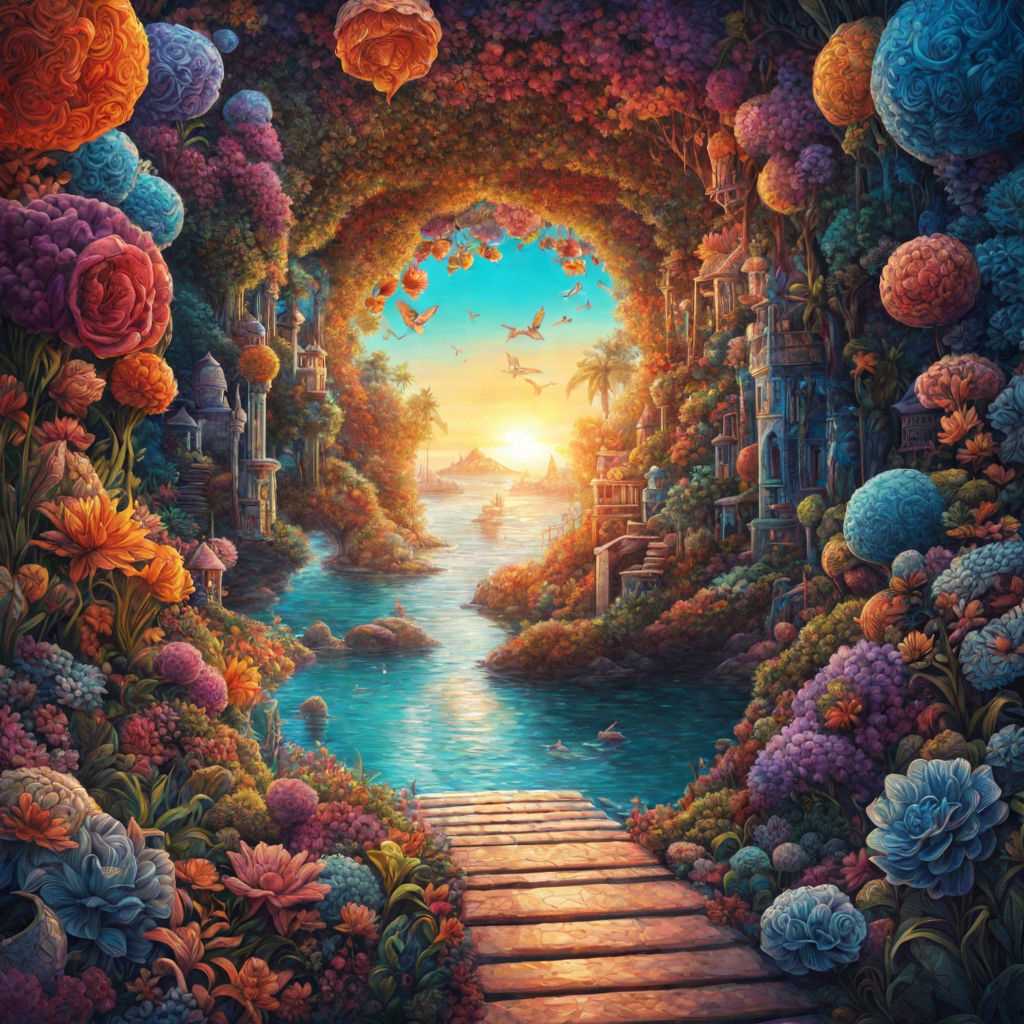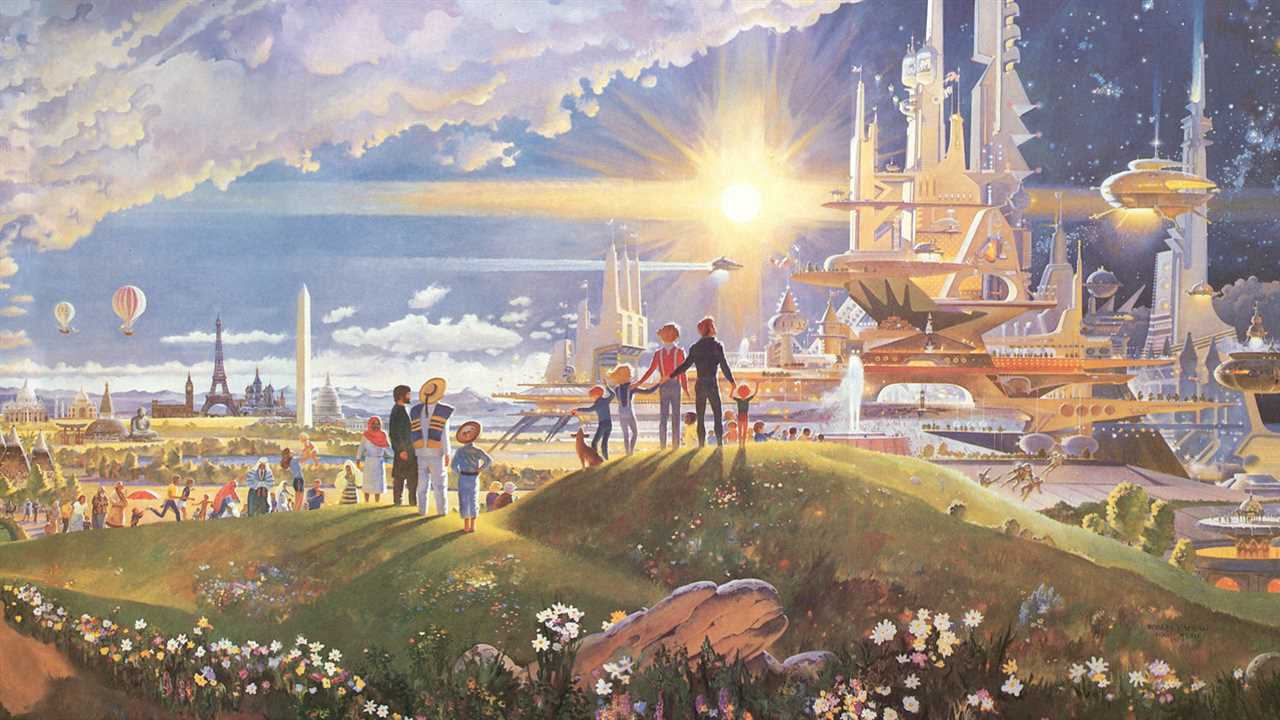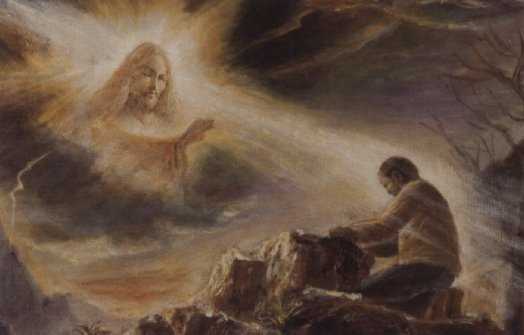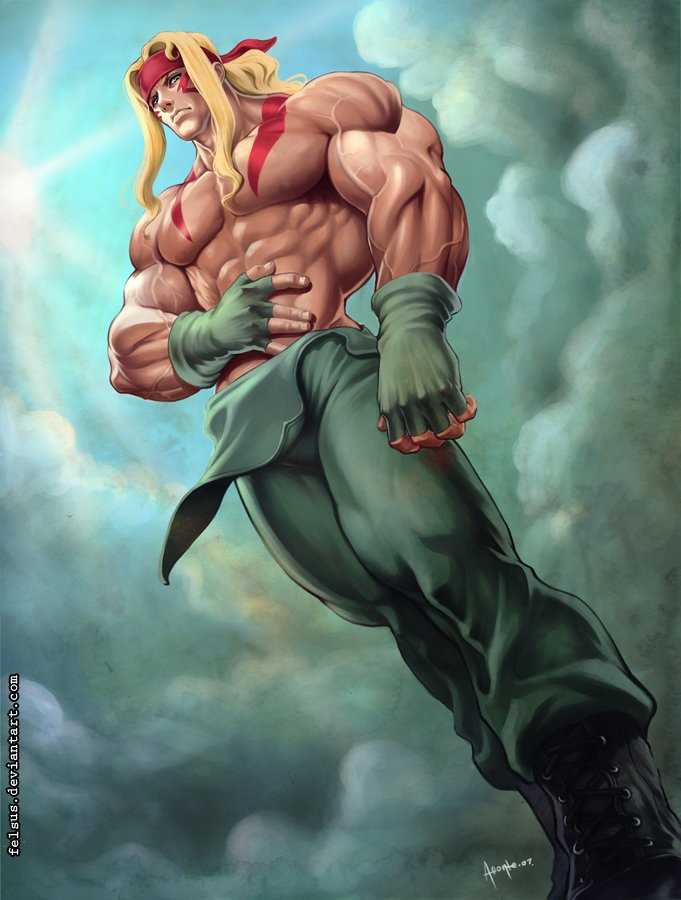Art has always provided a space for people to explore and envision different realities. It serves as a powerful tool to articulate dreams, hopes, and ideas that transcend the limitations of the present. In the realm of utopia, artists have the freedom to create their own versions of an ideal world, giving us a glimpse into fantastical landscapes and societies.
Through the visionary world of artwork, we are transported to places where imagination defies boundaries. Artists challenge the status quo, offering alternative perspectives and possibilities. They question existing norms and propose alternative solutions to social, political, and environmental issues. With their brushstrokes, sculptures, and installations, they invite us to engage in a discourse on what a utopian society could look like.
Some artists depict utopias as idyllic and harmonious landscapes, where humans live in perfect harmony with nature and each other. These depictions often emphasize the importance of sustainable living, ecological balance, and a deep connection with the natural world. Others envision utopias as futuristic cities, where technology has solved humanity’s most pressing problems, providing equal opportunities for all.
In contrast, some artists explore dystopian visions, highlighting the consequences of societal flaws and warning us about the dangers of following a certain path. These dystopian artworks offer a critique of contemporary social, economic, and political systems, urging us to question our own reality and strive for change.
The visionary world of artwork encourages us to dream, to imagine a better future, and to actively pursue it. It invites us to reflect on the shortcomings of our current society and to envision alternative ways of living. Through art, the boundaries between reality and imagination blur, opening up new possibilities and sparking conversations about the kind of world we want to create.
So immerse yourself in the visionary world of artwork, where dreams and utopias come to life. Let your imagination wander, and join the discourse on building a better future for all. Together, we can transform these dreams into realities.
Imagination plays a crucial role in the creation of utopian artwork. Artists are able to envision and depict idealized worlds that transcend the limitations of reality, offering a glimpse into a better future. Through their work, they explore themes such as social equality, environmental sustainability, and technological advancements.
Unleashing Creativity
Utopian artwork allows artists to unleash their creativity and push the boundaries of what is considered possible. They are not constrained by the practicalities of the real world, allowing them to imagine grand utopian societies, awe-inspiring landscapes, and futuristic technologies. The power of imagination enables artists to conceive of new possibilities and inspire others to envision a better world.
Challenging the Status Quo
Utopian artwork often challenges the status quo and offers alternative visions to the existing social, political, and economic structures. By presenting idealized societies, artists critique the flaws and inequalities of the present and propose alternative systems. This critical perspective encourages viewers to question the current state of affairs and strive for positive change.
A table can also be used to showcase different utopian visions created by artists:
| Artist | Utopian Vision |
|---|---|
| Thomas More | A society with perfect social and economic equality |
| Frida Kahlo | Art depicting the empowerment of women in a patriarchal society |
| Yayoi Kusama | A world of infinite possibilities and connections |
Utopian artwork serves as a catalyst for societal change by igniting the imagination of both artists and viewers. It invites people to imagine and work towards a better future, inspiring them to challenge the status quo and actively pursue a utopian vision of the world.
The Power of Vision: Utopian Artwork throughout History

Utopian artwork has always held a special place in the world of creative expression. Through their imaginative visions, artists have dared to envision a better world, one free from the confines of reality. These visionary artworks have not only captivated our minds but have also played a significant role in shaping society’s ideals.
Ever since the Renaissance period, artists have used their creations to challenge the status quo and imagine alternative realities. From Thomas More’s “Utopia” to the vibrant landscapes of Hieronymus Bosch and the surrealist imaginings of Salvador Dali, utopian artwork has pushed the boundaries of what is possible.
One of the key characteristics of utopian artwork is its ability to inspire hope. By depicting idyllic scenes of harmony, equality, and abundance, artists have encouraged viewers to imagine a world where these ideals are not just dreams, but realities. These artistic visions serve as a rallying cry for social change and a reminder that a better future is within our grasp.
Utopian artwork has also provided a platform for marginalized voices throughout history. In an era where societal norms often dictated who could participate in public discourse, artists found solace in their creative endeavors. They used their artwork to challenge existing power structures and give voice to the silenced. Through their utopian visions, these artists offered a glimpse into a world where everyone could thrive regardless of their gender, race, or social status.
As time has progressed, utopian artwork has continued to evolve and address the pressing issues of each era. From the environmental concerns depicted in contemporary ecological utopias to the exploration of digital realms in cyberpunk art, artists have always had a finger on the pulse of society. These visionary creators have invited us to question the flaws of our current world and consider alternative paths towards a better future.
The power of utopian artwork lies in its ability to ignite our imaginations, spark dialogue, and inspire change. It serves as a reminder that we have the power to shape our reality and strive for a better world. As we continue to navigate the complexities of the present, utopian artwork stands as a beacon of hope, reminding us of the power of our collective vision.
Innovation and Utopian Creation
Innovation and utopian creation are at the core of the visionary world of artwork. Artists have always pushed the boundaries of conventional thinking and have been the driving force behind the exploration of new ideas and concepts. Through their innovative approach, artists challenge the status quo and imagine a world where utopian ideals can become a reality.
Innovation in art can take many forms, from the use of new materials and techniques to the creation of entirely new art forms. Artists often experiment with different mediums, blending traditional and modern techniques, and pushing the limits of what is considered possible. This spirit of innovation allows artists to transcend the boundaries of the known and create new and captivating works of art.
The Role of Technology
Technology plays a crucial role in the innovation and utopian creation in artwork. Advancements in technology have opened up new avenues for artists to express their visions and ideas. From the invention of the camera, which revolutionized the way art is perceived, to the use of digital tools and software, technology has provided artists with new tools and mediums to explore.
With the rise of digital art, the boundaries between different art forms have become blurred. Artists can now create immersive experiences using virtual reality, interactive installations, and augmented reality. These technological advancements allow artists to create interactive and participatory artworks that engage the audience on a deeper level.
Utopian Creation

Utopian creation in artwork involves imagining and depicting an ideal, perfect world. Artists often explore themes of social change, equality, and harmony in their work. Through their utopian visions, artists invite viewers to contemplate a better future and question the existing social structures.
In utopian art, artists challenge the limitations of reality and envision a world where everyone is equal and free from societal constraints. They explore themes of environmental sustainability, social justice, and the power of community. Utopian creation aims to inspire and motivate viewers to work towards a better future.
- Artists often draw inspiration from historical utopian movements, such as the Bauhaus and the Arts and Crafts movement, which aimed to create a harmonious society through art and design.
- Utopian creation also encourages viewers to think critically about the current state of the world and envision alternative futures.
Utopia in Street Art: Expressing Ideals in Public Spaces

Street art has long been an outlet for artists to express their social, political, and philosophical ideals. It serves as a powerful tool for communicating messages to the general public in a visually captivating way. In recent years, street artists have increasingly embraced the concept of utopia, using their art to envision a better world and inspire change.
Utopia, derived from the Greek words “ou” (not) and “topos” (place), refers to an ideal society or community that does not exist in reality. It is often associated with concepts such as equality, justice, and harmony. Street artists have taken up the challenge of visualizing these ideals and sharing them with the public.
One of the ways in which street art expresses utopia is through the use of vibrant colors and imaginative imagery. Murals depicting utopian landscapes, futuristic cities, and peaceful coexistence encourage viewers to think beyond the limitations of the present and imagine a more idealistic future. The bold and eye-catching nature of these artworks helps to grab the attention of passersby and stimulate conversations about the possibilities of a better world.
Street art also often incorporates powerful symbols and social commentary to convey messages of hope and unity. Artists may use images of doves, flowers, or hands reaching out to symbolize peace, love, and cooperation. They may also address social issues such as inequality, discrimination, and environmental degradation, urging viewers to take action and work towards a more utopian society.
Another way in which street art embodies utopia is through the democratization of art. Unlike traditional art forms that are often confined to museums and galleries, street art is accessible to everyone. It can be found on walls, buildings, and sidewalks, transforming mundane urban spaces into vibrant galleries. By bringing art to the streets, artists hope to bridge the gap between the elite art world and the general public, encouraging inclusivity and the exchange of ideas.
Utopia in street art is not just about creating visually appealing artworks; it is about using art as a catalyst for change. By capturing the attention of viewers and sparking conversations, street artists strive to inspire action and encourage individuals to strive for a more inclusive, just, and sustainable world. Ultimately, street art serves as a powerful reminder that utopia is not an unattainable dream, but rather a vision that can be brought to life through collective efforts.
Utopian Artwork and Social Change

Utopian artwork has played a significant role in inspiring and promoting social change throughout history. Through their imaginative and visionary works, artists have envisioned alternative societies and utopian futures, challenging the status quo and advocating for a better world.
Art has the power to provoke thoughts, emotions, and discussions, offering a platform for envisioning new possibilities and sparking dialogues about social, political, and environmental issues. Utopian artwork goes beyond mere artistic expression; it serves as a medium for delivering powerful messages and inspiring action.
Artists have used various mediums to create utopian artwork, including painting, sculpture, photography, and multimedia installations. Each artwork carries a unique vision of an ideal society, often challenging prevailing norms, ideologies, and structures. Utopian artwork can explore themes such as equal rights, environmental sustainability, social justice, and communal living.
One notable example of utopian artwork is the painting “The Garden of Earthly Delights” by Hieronymus Bosch. This triptych masterpiece visualizes a utopian vision of harmony and abundance, where humans, animals, and nature coexist in peaceful and joyful harmony. Through its vivid imagery and symbolism, the painting invites us to imagine a world free from the constraints of social hierarchies and human greed.
| Another influential artwork is “The Raft of the Medusa” by Théodore Géricault. This monumental painting depicts the aftermath of a shipwreck, where a group of survivors is stranded on a raft in the midst of a vast and turbulent sea. The artwork serves as a powerful critique of the incompetent and corrupt leadership that led to the tragedy, highlighting the urgent need for social and political change. | In contemporary times, artists continue to use their work as a form of activism, advocating for a more just and sustainable society. For example, the artist Ai Weiwei combines his artistic practice with political activism, addressing issues such as human rights, freedom of expression, and the global refugee crisis. His works serve as a powerful reflection on the state of the world and call for collective action. |
Utopian artwork challenges the limitations of the present and offers glimpses of alternative futures. It stimulates critical thinking and encourages individuals to question established norms and structures. By envisioning utopian societies, artists inspire us to strive for a better world and actively participate in shaping our collective future.

I am a mural enthusiast and a fervent admirer of street art. Rather than creating murals myself, I am passionate about collecting them. My love for street art knows no bounds. I am dedicated to curating and cherishing these artworks that grace the streets. My collection stands as a testament to my profound appreciation for this form of artistic expression.
read about me




